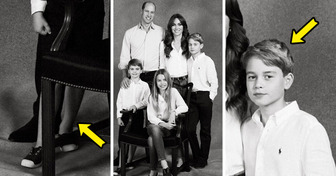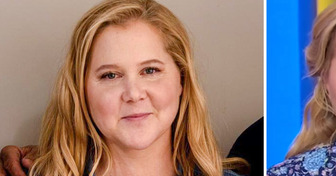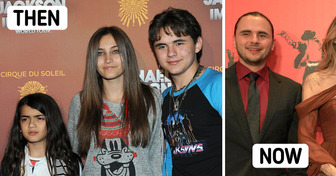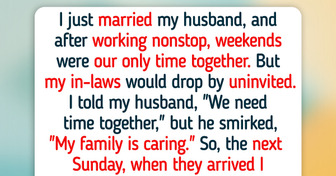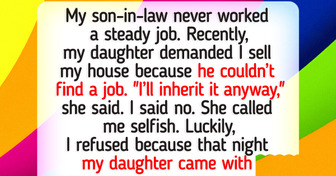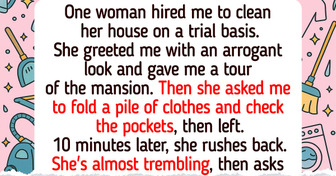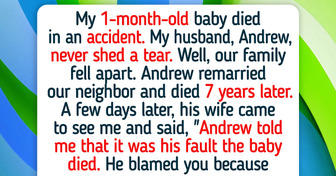A Girl Born Without Nose, Who Was Called “Voldemort”, Proved Everyone Is Beautiful in Their Own Way
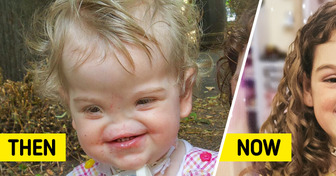
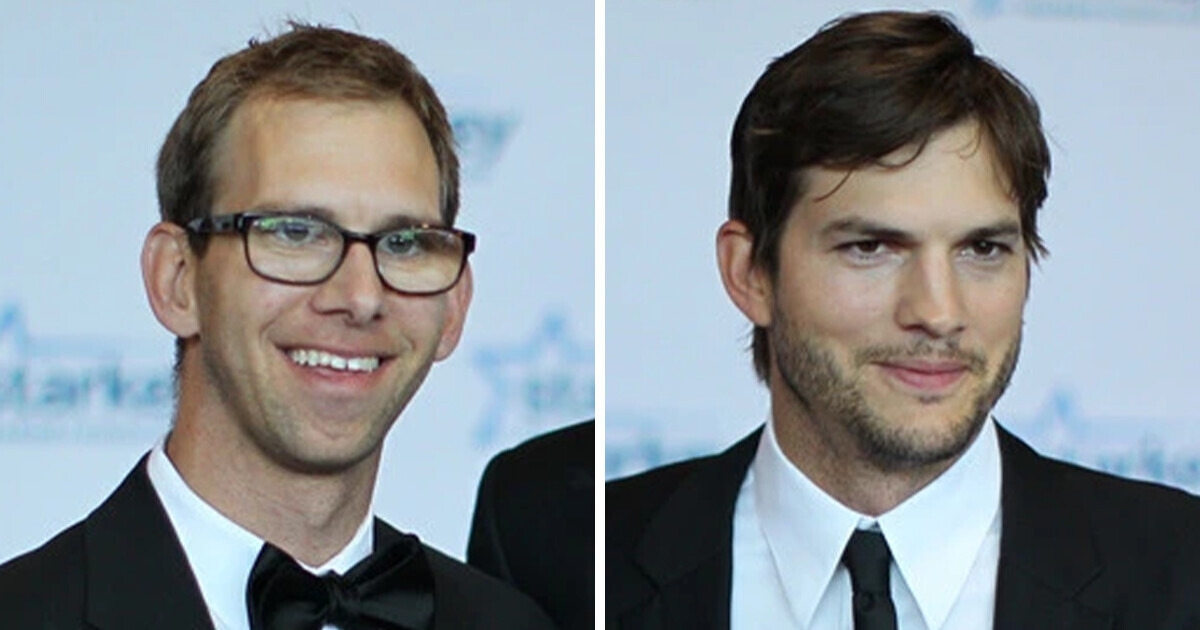
Sometimes, we encounter twins who don’t resemble each other at all. This intriguing phenomenon challenges the common perception that twins should have identical appearances. One such example is Ashton and Michael Kutcher, whose strikingly different looks have puzzled many. The secret behind their dissimilarity lies in a surprising twist of fate.
From the moment Michael Kutcher was born, he has faced challenges head-on and triumphed over obstacles that many people never encounter. Born on February 7th, 1978, Iowa, as the surprise twin brother of actor Christopher “Ashton” Kutcher, Michael’s journey began with a bit of a struggle. Weighing in at less than five pounds and smaller than his twin, Michael had a tough time taking his first breath and responding. But thanks to amazing medical care and his strong will to survive, he made it through those early days, though with some lasting effects.
As he grew, Michael encountered more hurdles. By the age of three, he was dealing with significant developmental delays caused by neurological issues that couldn’t be reversed. Despite these challenges, Michael’s spirit remained undaunted. He was diagnosed with Cerebral Palsy before starting kindergarten, but that didn’t dampen his determination to live life to the fullest.
Michael had a mild form of cerebral palsy since birth, and their mother, Diane, relied on her instincts when local doctors repeatedly assured her that her baby’s slight speech impediment and minor motor delays would resolve on their own. During Ashton and Michael’s eighth-grade years, visits to hospitals were routine for the Kutchers.
According to Michael, their mother was persistent in seeking answers despite doctors’ dismissive attitudes. Eventually, she discovered an educational center that facilitated Michael’s cerebral palsy diagnosis.
As a child, Michael faced various hurdles with his eyesight, speech, and motor skills, but his determination always shone through. With the unwavering support of his loving family, he learned the importance of embracing his health and staying positive in every situation.
However, when Michael was just 13 years old, life threw him another curveball: he was diagnosed with heart failure. Doctors delivered a devastating blow, giving him only a few weeks to live. Despite the grim prognosis, Michael refused to give up hope. He underwent a life-saving heart transplant, defying all expectations and emerging victorious once again.
Have you ever wondered why twins aren’t exactly the same? Even though they share the same DNA, they might still look a bit different or have different heights and health conditions.
One reason has to do with our DNA. As identical twins grow up, their DNA can change a little bit over time. For example, if someone gets sick because of too much sun exposure, it can damage their DNA and cause health problems like cancer. This means even twins who started out with the same DNA might end up with some differences as they go through life.
Cerebral palsy happens when parts of the brain that control movement get hurt. How bad it is and where it happens decides how much it affects moving muscles. Sometimes, it makes using facial muscles harder too. So, people with cerebral palsy might find it tough to move their faces and express themselves.
When cerebral palsy affects the facial muscles, it can make it hard for someone to talk, breathe, and eat. This can make it tough for them to tell others what they need.
Disabilities do not diminish a person’s worth or value. Instead, they highlight the diverse range of abilities and experiences within humanity. While individuals with disabilities may face unique challenges, they possess their own strengths, talents, and contributions to offer to the world.

